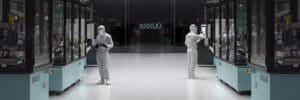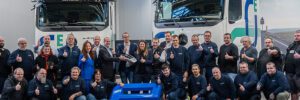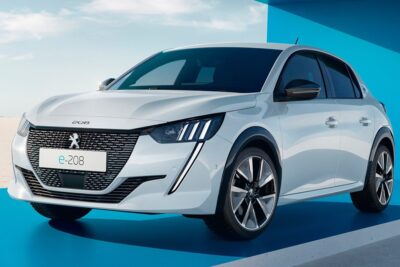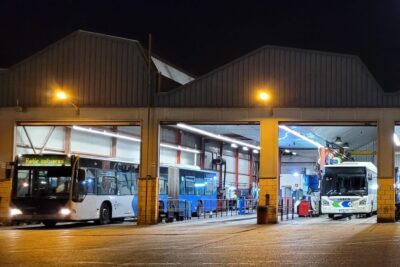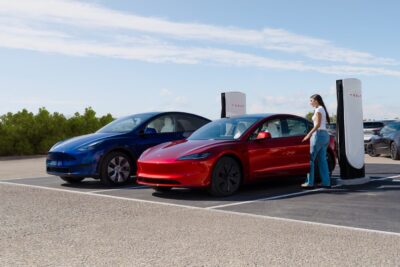There’s a growing consensus that curbside charging is the solution to the challenge of drivers who have no option of installing chargers at their homes. San Francisco is evaluating curbside charging solutions from three EV charging providers, and Mayor London Breed recently announced the next phase of the program.
San Francisco’s Curbside EV Charging Pilot Program, a collaborative effort between various city departments, is gathering data from the charging providers to monitor usage, demand and other key metrics. This information will guide the development of a comprehensive citywide policy for curbside EV charging as the city installs a select number of chargers over the next couple of years.
In the next phase of the pilot program, the three prospective EV charging providers—Urban EV, itselectric and Voltpost—will refine their proposals, demonstrating feasibility and effectiveness prior to formally applying for the necessary permits and public hearings.
San Francisco-based Urban EV collaborates with multifamily and commercial property owners to develop “tailored EV infrastructure solutions that enhance amenity profiles while improving operational revenue.” Urban EV’s proposal focuses on integrating user-friendly charging stations with existing urban infrastructure. “As a local company, we are deeply committed to advancing sustainable transportation and addressing the unique challenges of urban electrification,” said founder Alex Grant.
Brooklyn-born itselectric (see our recent feature article) partners with property owners to use untapped electricity supplies, enabling installation without extensive street work or direct utility connections, while offering property owners a passive income stream. The company’s custom-designed compact chargers work with detachable cables, minimizing street clutter. “Our community-requested charger approach allows us to meet drivers where they are, removing the biggest barrier to EV adoption—access to public charging,” says COO Tiya Gordon.
Voltpost, based in San Francisco and New York, retrofits existing lamp posts with a modular Level 2 charging platform. This approach requires no construction or trenching, and seamlessly integrates into cityscapes. Voltpost is developing prototypes of the lamppost charging platform at Humanmade in the Design District, and plans to commercialize the platform on Howard Street in SoMa. “Our lamppost retrofit technology demonstrates how urban spaces can be transformed to meet the demands of a cleaner transportation future,” said co-founder and COO Luke Mairo.
In this next phase, the pilot will begin the permitting process to advance proposals to deploy charging stations in Duboce Triangle and the Dogpatch. This is expected to expand to other neighborhoods in the coming weeks.
“From our historic cable cars to the autonomous vehicles on our streets, San Francisco’s spirit of innovation is visible all around us,” said Mayor London Breed. “Soon, curbside charging will be yet another example of how we are leading the way. By partnering with cutting-edge charging providers, we are not only providing a new service but also paving the way for scalable solutions that can serve communities across the city.”
Source: City of San Francisco
